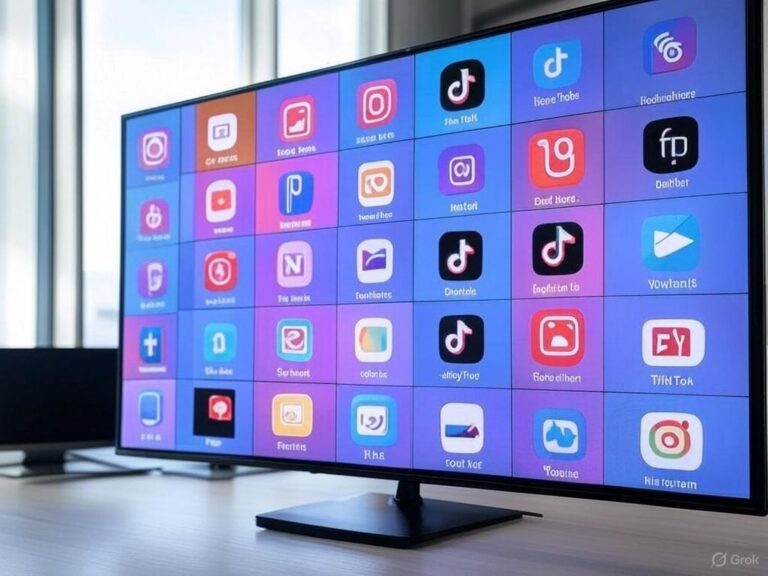What is an eSIM? An eSIM, or embedded SIM, is a digital alternative to traditional SIM cards that allows mobile devices to connect to cellular networks. It’s built directly into modern smartphones, enabling users to activate or switch service providers through software settings, making travel and plan management easier and more flexible.
As international travel resumes and technology advances, the interest in eSIM technology has grown significantly. Whether you’re a digital nomad, a frequent business traveler, or someone looking for an easier way to manage mobile plans, understanding what an eSIM is and how it works is crucial. This article will cover everything from the basics of eSIMs to their benefits, how to activate them, and what makes them a popular alternative to traditional SIM cards.
What is an eSIM?
An eSIM (embedded SIM) functions like a regular SIM card, enabling mobile devices to connect to cellular networks for voice, text, and data services. Unlike traditional SIM cards, eSIMs are built into the device and can be activated digitally without swapping physical cards.
You might like to test Saily eSIM card.
How Does an eSIM Work?
eSIMs utilize software-based profiles that are stored on a chip embedded within the phone. Users can switch carriers or plans by accessing their device’s settings and selecting the desired eSIM profile. This makes changing mobile service providers as simple as updating software and eliminates the need for physically removing and inserting a SIM card.
Benefits of Using an eSIM
- Ease of Use: Activate or switch between mobile plans with a few taps on your phone, avoiding the hassle of physical SIM cards.
- Multiple Profiles: eSIMs can store more than one mobile plan, allowing you to separate personal and business numbers on the same device.
- International Travel: Travelers can add local data plans to avoid roaming charges without visiting a store or buying a physical SIM.
- Cost Efficiency: Reduce costs by selecting data plans that fit your travel or usage needs and avoid high roaming fees.
eSIM vs. Regular SIM Card
| Feature | eSIM | Regular SIM |
|---|---|---|
| Physical Card | Not required | Required |
| Switching Providers | Done via software settings | Physical card swap needed |
| Number of Plans | Multiple profiles supported | Single plan per card |
| Activation | Digital and remote | In-person or manual insertion |
| Risk of Loss | Minimal (embedded in device) | High (can be lost or damaged) |
Why Choose an eSIM Over a Regular SIM?
For many travelers, acquiring a physical SIM card can be complicated and more expensive due to tourist markups or scams. An eSIM, on the other hand, can be activated at home, enabling users to pick data plans tailored to their needs and avoid surprise fees. If your data plan runs out, you can instantly purchase a top-up without visiting a store.
How to Choose and Start Using an eSIM
Step 1: Check Device Compatibility
Most smartphones manufactured after 2018 are equipped with eSIM capabilities. To confirm whether your device supports an eSIM, navigate to your device’s settings:
- iOS: Go to Settings > Cellular > Add Cellular Plan.
- Android: Check under Network & Internet > SIMs.
Step 2: Selecting an eSIM Provider
Consider the following factors when choosing an eSIM provider:
- Coverage: Ensure the provider offers plans in your destination country.
- Plan Flexibility: Options should align with your data usage (e.g., weekly or monthly plans).
- Price: Compare prices to find the best value.
- Customer Support: Opt for providers with 24/7 support to help with any issues or questions.
Step 3: Activation Process
- Download the provider’s app (e.g., Saily).
- Create an account and set up payment details.
- Select your data plan based on destination and usage.
- Follow on-screen instructions to complete installation. Note: Initial activation requires an internet connection.
Popular Use Cases for eSIMs
- Frequent Travelers: eSIMs allow travelers to seamlessly switch between local data plans, avoiding excessive roaming fees.
- Short-Term Visits: Business travelers can use short-term plans without committing to long-term contracts.
- Remote Work: Access reliable internet connections while avoiding unprotected public Wi-Fi networks, which can pose security risks.
Which Phones Have eSIM Support?
Most flagship models from 2018 onward support eSIMs. Here are some popular examples:
- Apple: iPhone XS, XR, and later models.
- Samsung: Galaxy S20 series and newer.
- Google: Pixel 3 and above.
- Other Brands: Check with specific manufacturers as support varies.
How Much Does an eSIM Cost?
The price of eSIM plans varies based on data amount, duration, and the provider. Plans can start as low as $1.99 and increase based on data volume and length of use. Regional and unlimited plans may also be available for those with higher data needs.
Recommended eSIM Provider: Saily
Saily, a product by Nord Security, offers coverage in over 160 countries with a range of plan sizes from 1GB to 20GB, lasting from one week to 30 days. Regional plans covering Europe, Asia, and other continents can last up to 180 days, providing extensive coverage for global travelers.
Key Features of Saily:
- User-Friendly Interface: Available on the App Store and Google Play, installation is simple and requires just one setup per device.
- Flexible Data Plans: Select from various plans, including unlimited options.
- 24/7 Customer Support: Assistance is available any time for first-time users or technical help.
- Affordable Rates: Plans start at $1.99, depending on location and data needs.
Final Thoughts
eSIMs represent a significant step forward in mobile connectivity, especially for frequent travelers and tech enthusiasts. With the ability to digitally manage multiple plans, save money, and avoid physical SIM card logistics, eSIMs provide a convenient and cost-effective solution. Whether traveling for business or leisure, understanding how to choose and use an eSIM can make your mobile experience smoother and more secure.






